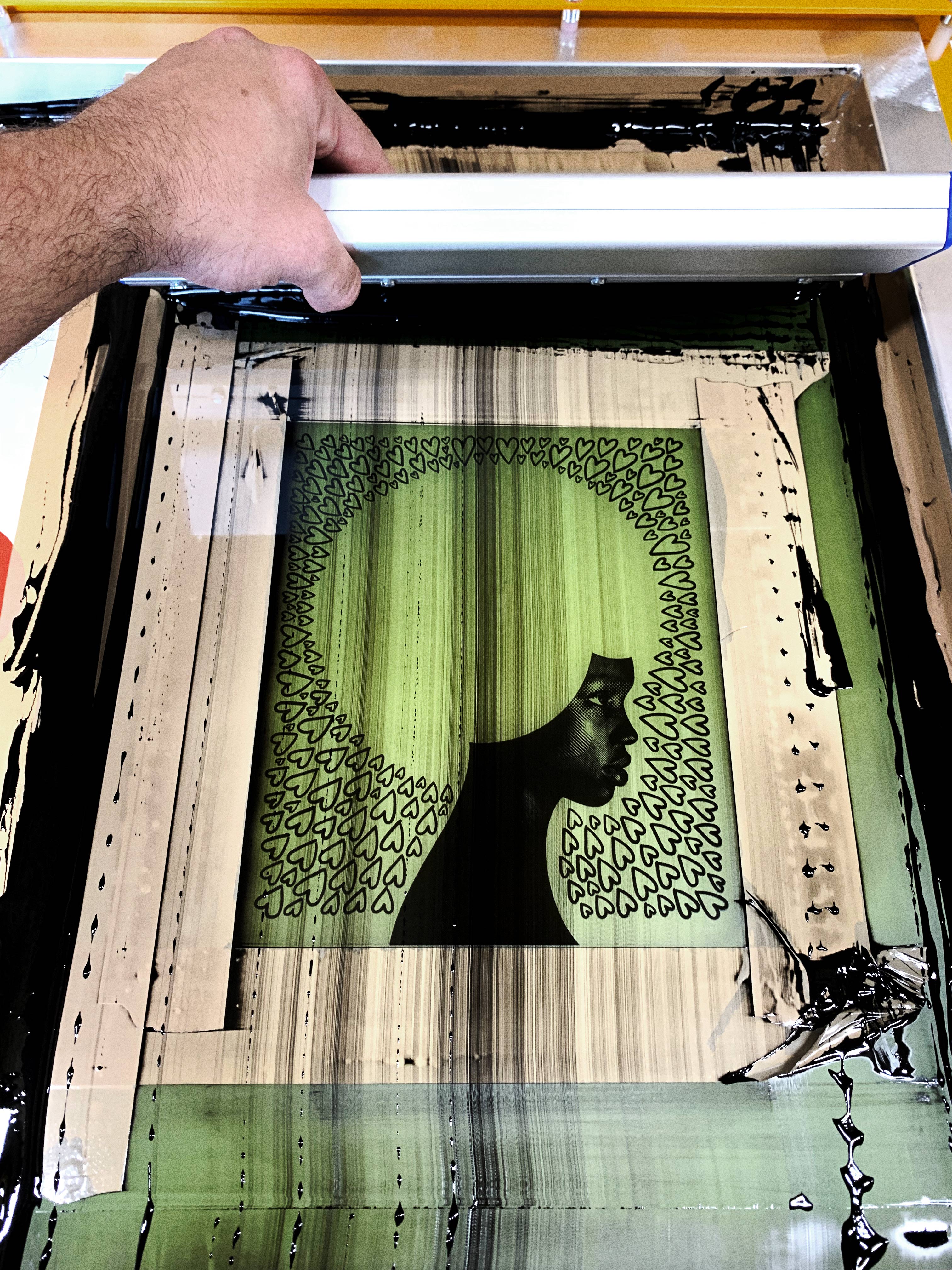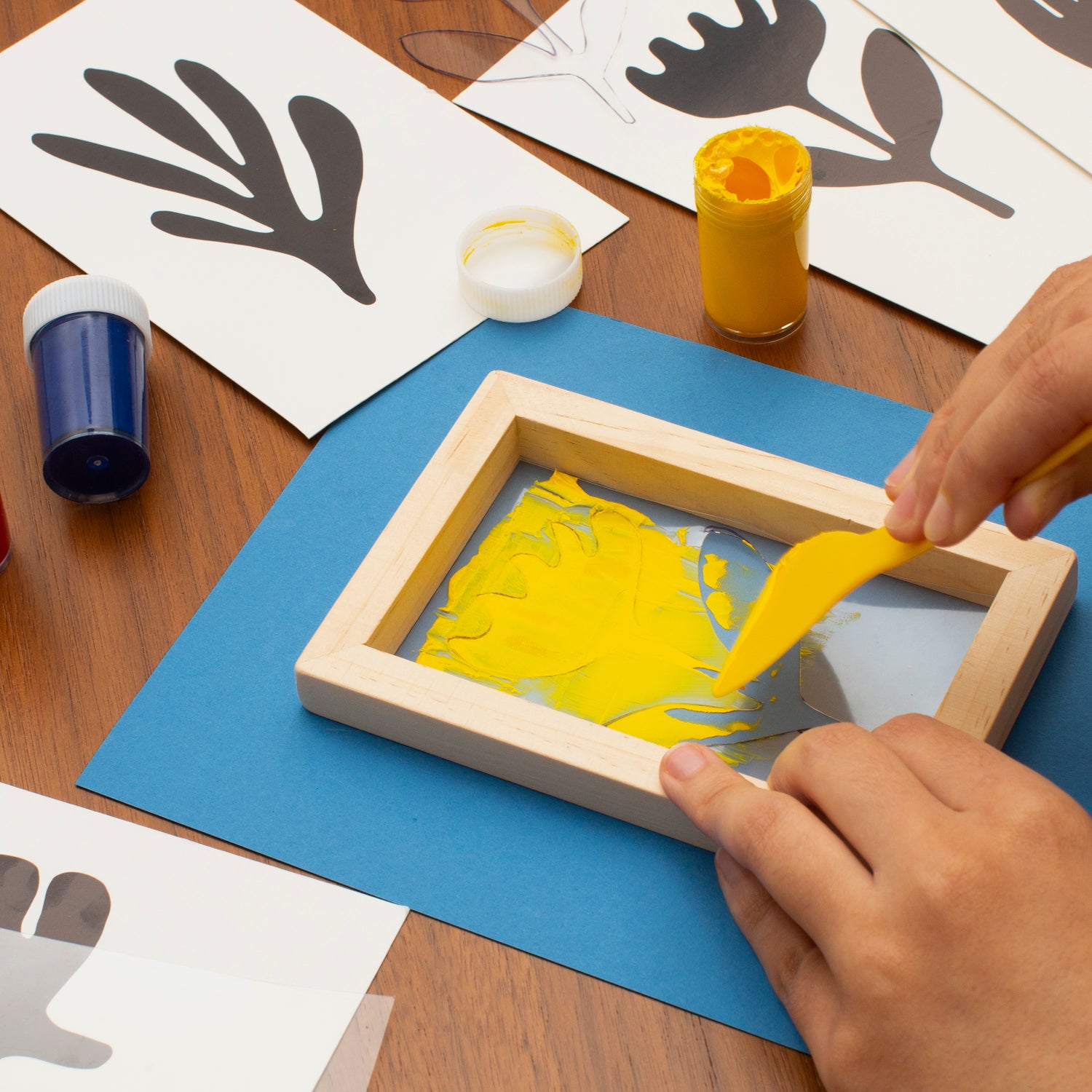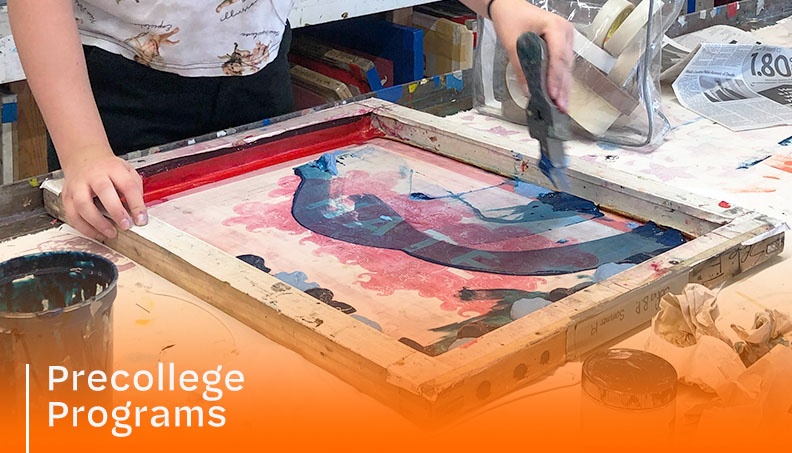The Essential Guide to Understanding Screen Printing and Its Versatile Uses
Screen printing has a rich history that dates back to ancient times, progressing right into a sophisticated strategy made use of across different industries today. This guide checks out the intricacies of the screen printing procedure, outlining its applications in advertising, fashion, and home decoration - 10:9 Design Screen Printing. Recognizing these basics can open innovative possibility for both industrial and artistic tasks. The complying with areas will reveal important pointers and methods to enhance one's screen printing endeavors
The Background of Screen Printing
Screen printing has roots that map back centuries, its advancement shows the imaginative and technical improvements of different societies. Originating in ancient China, the method was at first used for decorating fabrics and later spread to Japan, where it came to be indispensable to Ukiyo-e woodblock printing. The technique shifted to Europe in the 18th century, where it obtained popularity among craftsmens and commercial printers. The invention of image emulsion in the 20th century changed screen printing, permitting even more complex designs and better efficiency. Musicians like Andy Warhol further propelled its popularity, utilizing the medium to produce iconic jobs that combined commercialism and fine art. By the late 20th century, screen printing had developed itself as a functional technique, utilized in vogue, advertising and marketing, and fine art. Today, it remains to progress, incorporating digital modern technology and expanding its applications across different markets.
The Screen Printing Refine Explained
Screen printing changes imaginative visions right into concrete styles through a series of specific steps. At first, an image is created and then transferred onto a screen, typically made from great mesh fabric stretched over a structure. A light-sensitive emulsion is related to the screen, which is revealed to light, hardening in areas not covered by the photo. After washing out the unhardened emulsion, a stencil is developed.
Next, the screen is put over the substratum, whether it be textile, paper, or an additional product. Ink is then pushed with the open locations of the stencil utilizing a squeegee, transferring the style onto the substrate below. This process can be duplicated for numerous shades, needing separate displays for each and every tone. Ultimately, the printed product is treated utilizing warmth to ensure the ink adheres effectively, causing a long lasting, vivid layout all set for usage.
Kinds Of Screen Printing Techniques

Additionally, specialty techniques, such as discharge screen printing, eliminate color from the textile to create softer prints, while aluminum foil screen printing uses metal aluminum foil to accomplish a shiny coating (10:9 Design Texas). Each strategy supplies distinct attributes, dealing with various imaginative needs and production ranges, inevitably expanding the possibilities within the screen printing domain
Applications of Screen Printing in Various Industries

Furthermore, the signs and advertising fields utilize screen printing for creating captivating screens and banners. This approach enables for bold colors and intricate designs that record interest. In electronic devices, screen printing is employed for applying conductive inks to circuit boards, necessary for part links. Additionally, the home décor market accepts screen printing to produce distinctive designs on textiles and wall surface art. Overall, screen printing functions as a vital device across varied areas, enhancing items with personalized and visually appealing graphics.
Tips for Effective Screen Printing Projects
While embarking on a screen printing project, mindful focus to information can considerably boost the final outcome. Selecting high-grade materials is necessary; this consists of the screen, inks, and substrates. Making use of suitable mesh matters can influence ink deposition and information resolution. Prep work is similarly crucial; extensive cleansing of displays and correct exposure times assure crisp prints.
Next, accurate enrollment is essential for multi-color prints. Making use of positioning devices can help attain exact layering. In addition, screening prints on scrap materials prior to production aids determine prospective issues without losing sources.

Frequently Asked Concerns
What Materials Are Finest for Screen Printing on Textile?
Cotton and polyester blends are perfect for screen printing on material as a result of their sturdiness and ink absorption. Furthermore, specialty textiles like silk or read more canvas can produce unique appearances and finishes, boosting the general layout high quality.
Exactly how Do I Clean and Maintain Screen Printing Tools?
To clean and maintain screen printing tools, one should frequently clean screens with proper solvents, inspect squeegees for wear, oil moving parts, and store all items in a dry, dust-free setting to extend their life expectancy.
What Are the Ecological Impacts of Screen Printing?
Screen printing can have substantial environmental influences, consisting of chemical waste from solvents and inks, water usage throughout cleansing processes, and energy consumption. Lasting practices and eco-friendly materials are crucial for minimizing these negative effects.
Can Screen Printing Be Done in your home Efficiently?
Screen printing can be successfully done at home with the ideal products and methods. Hobbyists can create quality prints, though success relies on their ability level, equipment, and understanding of the procedure included.
What Are the Expenses Connected With Starting a Display Printing Service?

Beginning a screen printing organization entails expenses for tools, materials, and work space. First expenditures usually range from a few hundred to several thousand bucks, depending on the range, quality of equipment, and desired manufacturing capacity.
Screen printing has an abundant background that dates back to ancient times, progressing into an innovative technique utilized throughout various markets today. Another method, rotating screen printing, employs round displays, helping with continual printing on fabric rolls, therefore enhancing effectiveness for massive manufacturings. Additionally, specialized techniques, such as discharge screen printing, eliminate color from the textile to create softer prints, while aluminum foil screen printing applies metal aluminum foil to achieve a glossy surface. In the style sector, screen printing is commonly made use of to create dynamic styles on garments, allowing brands to display their unique styles. Cotton and polyester blends are perfect for screen printing on material due to their longevity and ink absorption.